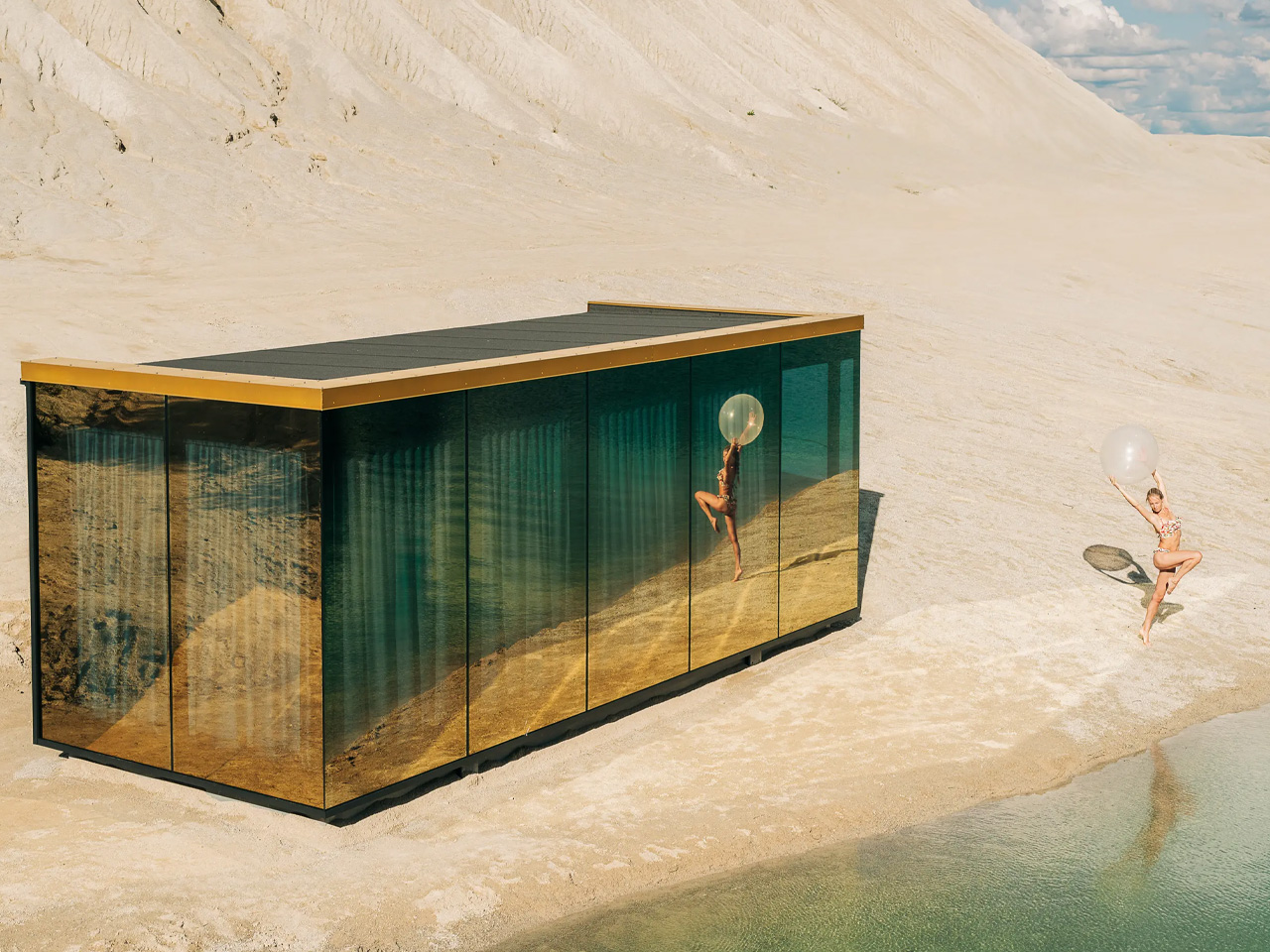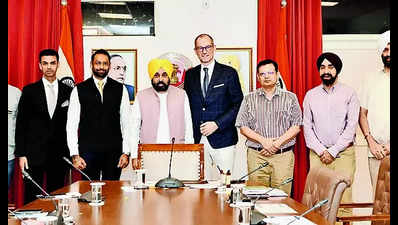LONDON — The Baltic Sea floor is full of secrets. Untold thousands of sailors have died beneath its cold waves, some lost to battle, some to weather and rocks. With them sank their ships — and their treasure.
This month, a Polish diving team slipped below the sea’s surface to check out a small wreck, just a few miles off Sweden. A first pass revealed a small, seemingly unremarkable merchant ship about 200 feet beneath the surface. But Tomasz Stachura, who leads the Baltictech diving group, had a hunch.

The next morning, he returned. This time, he found crates and crates of what appeared to be Champagne, along with wine and porcelain, almost as if the ship’s cargo had been headed to a party. “We realized that this was a kind of treasure,” he said.
He took photos and cleaned the labels, but they were illegible. However, the shape of the bottles suggested that they contained Champagne, he said. Looking closer, he saw bubbles.
“It came to me that, perhaps, they are drinkable.” Advertisement The wreck itself is hardly novel: Some 100,000 sunken ships dot the Baltic seabed, said Jim Hansson, a maritime archeologist at the Vrak Museum of Wrecks in Sweden. But finding Champagne would be a marvel.
“It’s not so common,” he said, between dives with the Swedish coast guard. Sparkling wine may have been even more of a luxury than it is today in the mid-1800s, which is when Stachura thinks the ship may have sunk. (An archeologist analyzed bottles of mineral water, a relic of an earlier health food craze, from the wreck, and said the labels were from 1850 to 1876.
) It is not the first time that alcohol has been found aboard a shipwreck in the Baltic Sea. In 2019, cases of cognac were found on a Swedish steamship that had sank in 1917 after being attacked by a German submarine in World War I. And in 2010, divers found bottles of Champagne, some of which appeared to have been bottled before 1830.
“I wouldn’t call them pleasurable drinks,” said Essi Avellan, a Champagne expert in Finland who tasted some of the bottles from that wreck found in 2010. “But, of course, it’s like drinking history.” Advertisement The drinkability all depends on how well it was sealed, said David T.
Smith, a British drinks writer and consultant who once tasted a shipwrecked gin — with unexpected seawater notes. “Disgusting,” he said. “I don’t know, necessarily, how good it would taste,” Smith cautioned, of the recent discovery of sparkling wine.
On the other hand, the sea could act like a preservative, Avellan said: No oxygen can come through the cork. “It would probably taste more youthful than a wine that had been aging at the winery,” she said. The water itself is also cool and dark, just like a wine cellar.
It’s pressurized, too, which is good for sparkling wines like Champagne. And the salinity is lower in a sea than in an ocean, so wrecks are better preserved. “It’s a frozen time capsule,” said Johan Rönnby, a professor of maritime archeology at Södertörn University in Sweden, who may research the wreck with Stachura.
For now, the wreck — and the divers — are in a holding pattern. Stachura reported the find to Swedish authorities. Now he is waiting for permission to work with maritime archeologists to conduct underwater research and, possibly, targeted excavations of the cargo.
Approvals may take some time. The ongoing research is happening on land. Stachura thinks he might have identified the ship as one that Czar Nicholas I of Russia lost in 1852.
Right time, right route, right client profile. Eventually, perhaps, he may taste the sparkling wine himself. “If some expert says it’s drinkable?” he said.
“Yes, yes, why not? It would be nice to try what people would drink 170 years ago.” Advertisement This article originally appeared in The New York Times ..


















